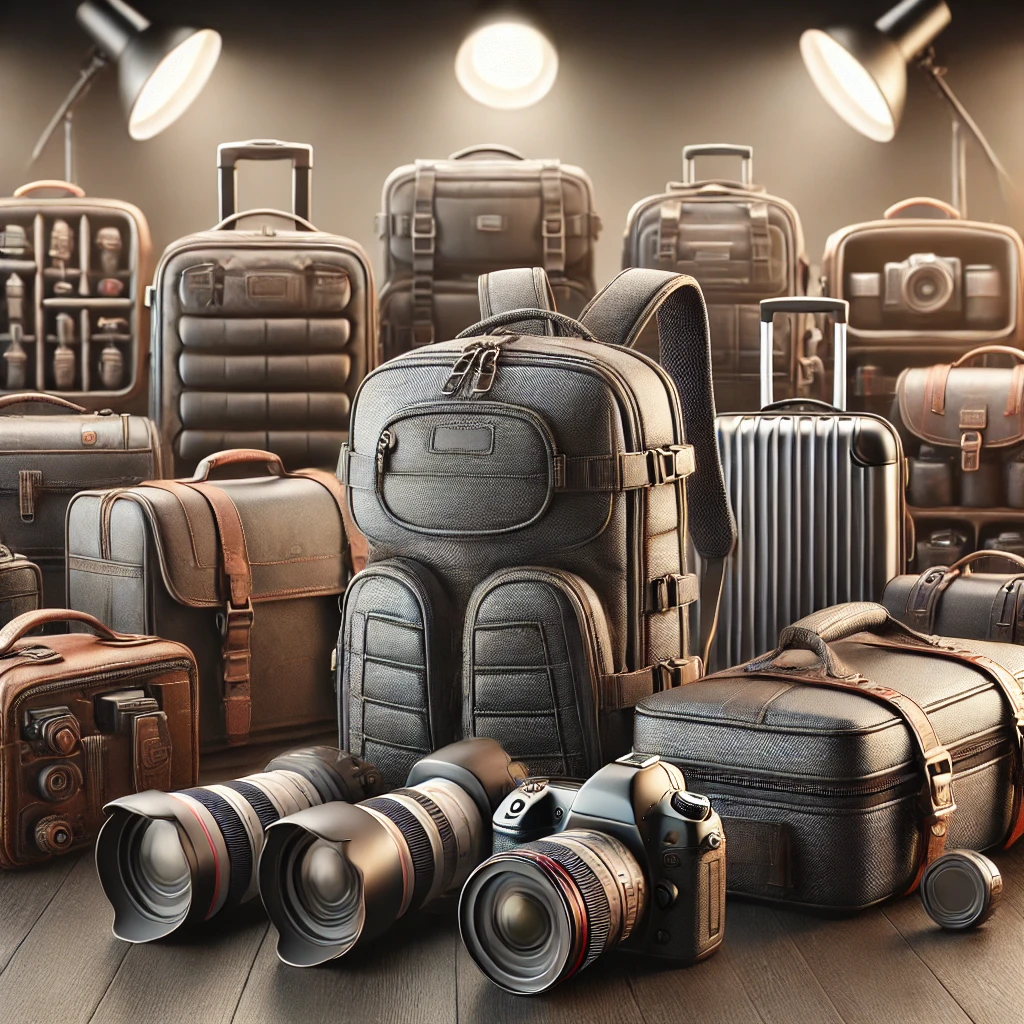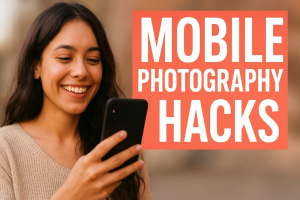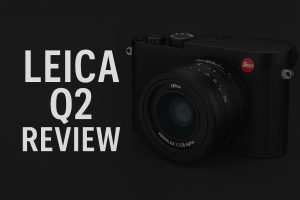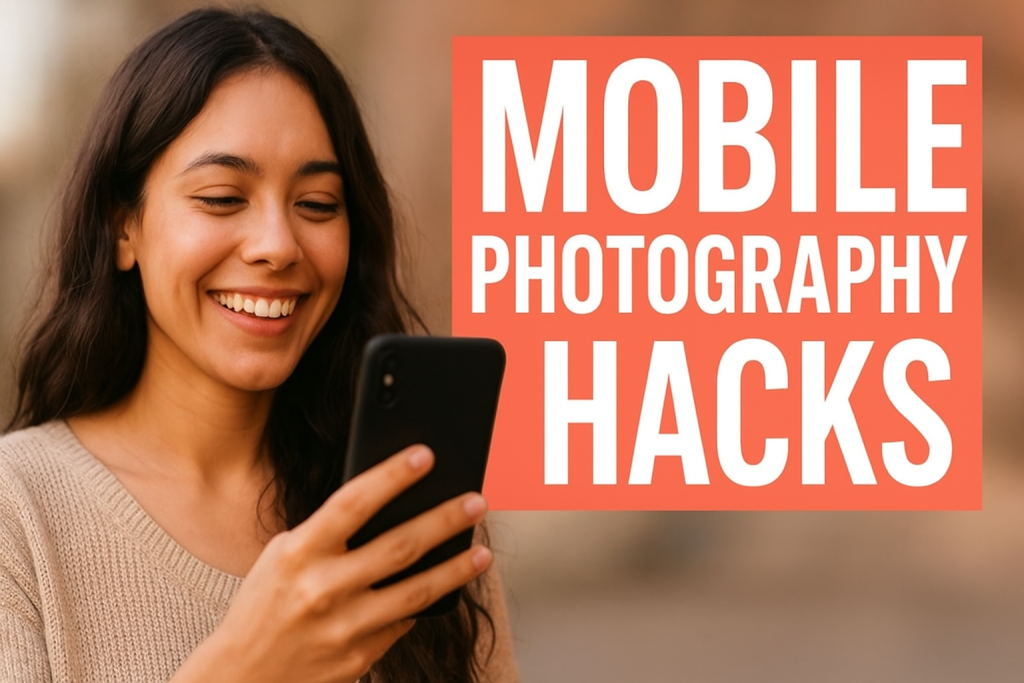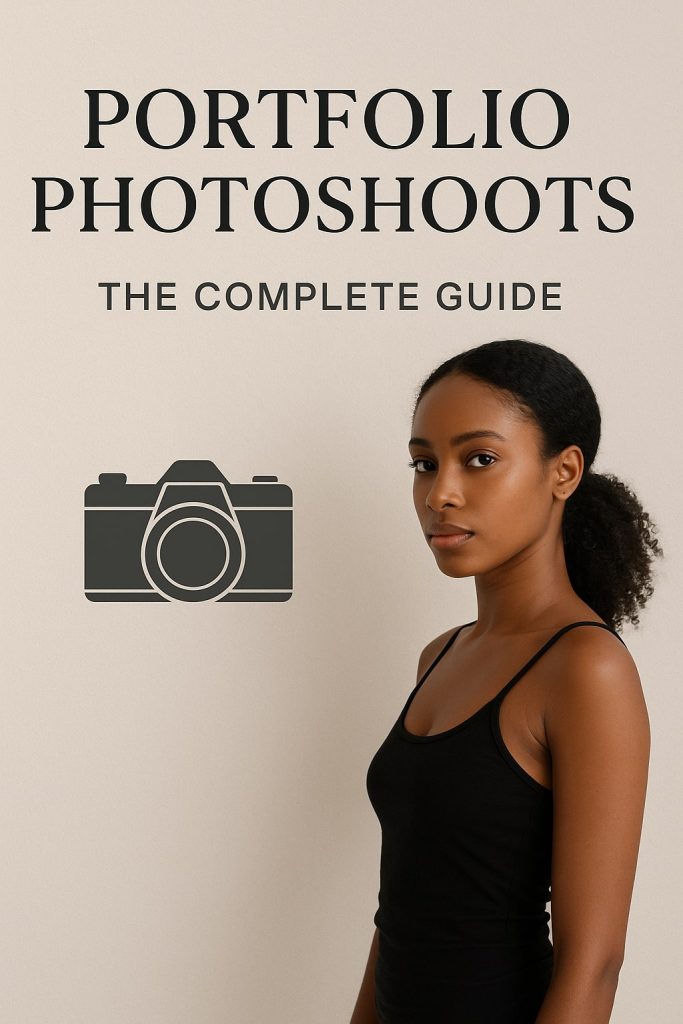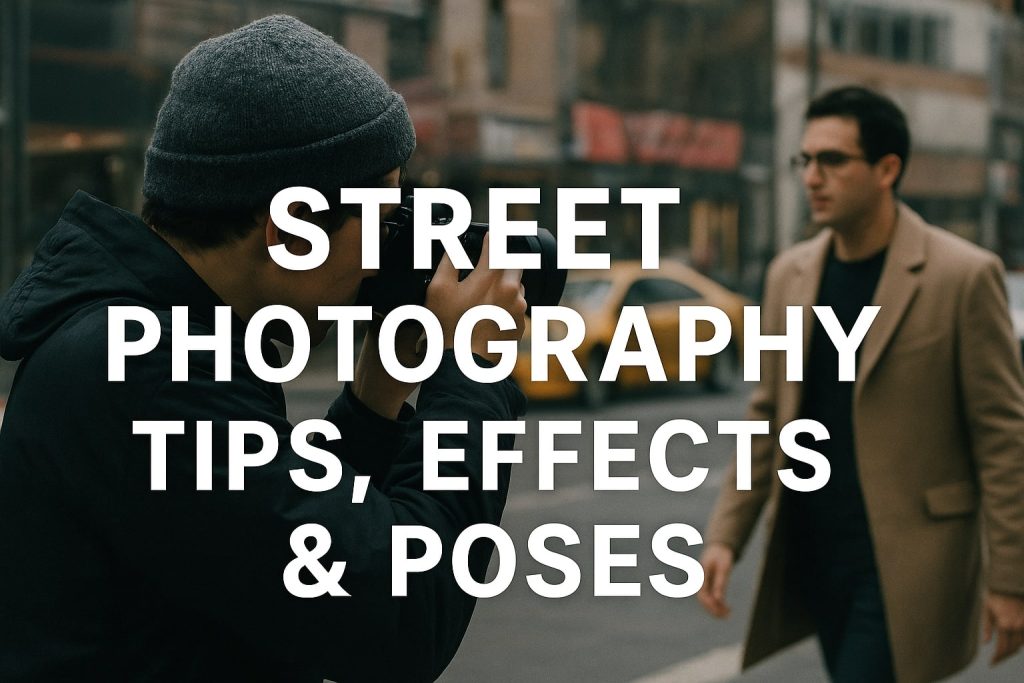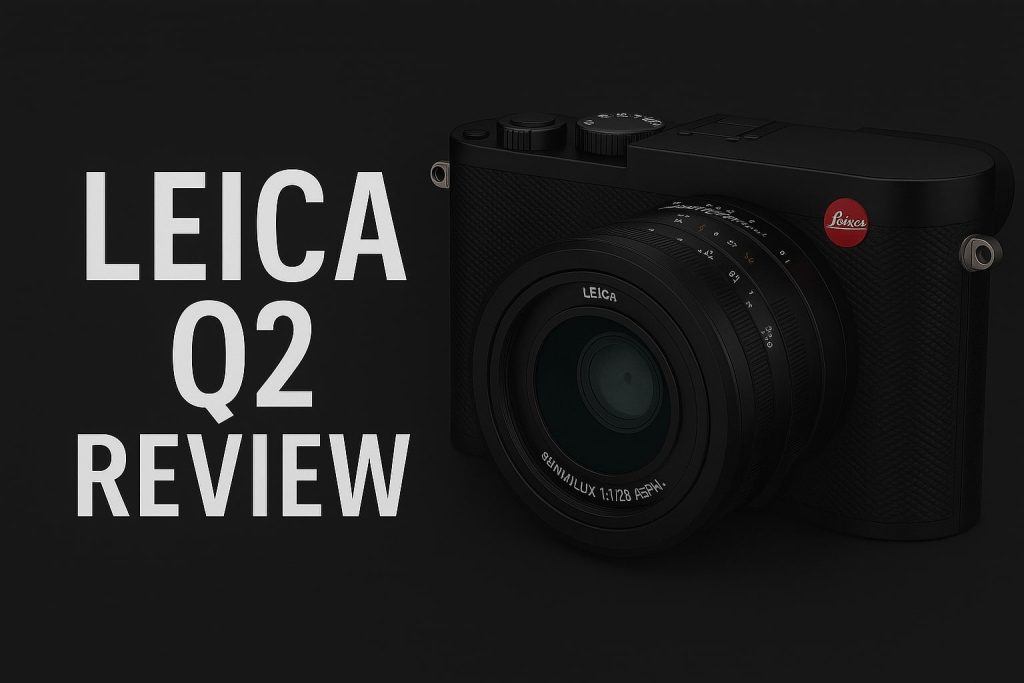Choosing the right camera bag for photography is essential for protecting your gear, ensuring comfort, and making your workflow efficient. Whether you’re a beginner or a professional, having the perfect bag can mean the difference between a smooth shoot and a chaotic one. This guide explores everything you need to know about selecting the best camera bag for your needs.
Why a Good Camera Bag Matters
- Protects Your Gear: A high-quality camera bag safeguards your equipment from dust, moisture, and impact.
- Enhances Mobility: A well-designed bag allows you to carry your gear comfortably, whether you’re traveling or shooting on location.
- Organizes Accessories: Compartments and pockets help you keep batteries, memory cards, and lenses in place.
- Improves Workflow: A bag designed for easy access can speed up the process of swapping lenses and other gear.
Different Types of Camera Bags
1. Backpacks
Ideal for travel and landscape photographers, backpacks provide even weight distribution and ample storage.
- Pros: Comfortable for long wear, spacious, good for heavy gear
- Cons: Slower access to equipment, bulkier
2. Shoulder Bags
A classic choice for street and event photographers, shoulder bags provide quick access to cameras and lenses.
- Pros: Easy access, stylish, good for minimal gear
- Cons: Can cause shoulder strain, limited space
3. Sling Bags
A hybrid between backpacks and shoulder bags, sling bags are ideal for quick shoots and urban settings.
- Pros: Quick access, lightweight, compact
- Cons: Limited space, not ideal for heavy loads
4. Roller Bags
Perfect for professional photographers carrying extensive gear for commercial shoots or travel.
- Pros: Large capacity, easy transportation, TSA-approved options
- Cons: Expensive, not ideal for rugged terrains
5. Holster Bags
Designed for minimalists, these small bags are great for carrying a single camera and lens.
- Pros: Lightweight, compact, easy access
- Cons: Limited space, not versatile
6. Hard Cases
Best for extreme conditions, hard cases offer the highest level of protection against impacts and weather.
- Pros: Maximum protection, waterproof, shockproof
- Cons: Heavy, expensive, less mobility
Key Features to Consider When Choosing a Camera Bag
1. Size & Capacity
- Choose a bag that fits your essential gear without being too bulky.
- Consider expansion options if you plan to grow your collection.
2. Material & Durability
- Opt for weather-resistant materials like nylon or polyester.
- Look for reinforced stitching and padded compartments.
3. Padding & Protection
- Ensure adequate padding to protect fragile equipment.
- Some bags offer customizable dividers for better organization.
4. Accessibility & Design
- Quick-access compartments help in fast-paced shooting environments.
- A sleek, discreet design is useful for street photography to avoid drawing attention.
5. Comfort & Ergonomics
- Adjustable straps and breathable back panels reduce strain.
- Test the weight distribution before purchasing.
6. Security Features
- Lockable zippers and hidden compartments deter theft.
- RFID-blocking pockets can protect digital data.
7. Weather Resistance
- Built-in rain covers provide extra protection during outdoor shoots.
- Waterproof zippers and sealed seams add durability.
Best Camera Bags for Different Photography Styles
1. For Travel Photographers
- Choose lightweight, TSA-compliant backpacks with multiple compartments.
- Roller bags with lockable compartments are ideal for extended trips.
2. For Street Photographers
- A stylish, compact shoulder bag or sling bag allows quick access.
- Opt for discreet designs to avoid attracting attention.
3. For Wedding & Event Photographers
- A combination of a shoulder bag and roller bag helps carry multiple lenses and accessories.
- Quick-access side pockets are a must for fast lens changes.
4. For Wildlife & Sports Photographers
- Choose a rugged backpack with extra space for telephoto lenses.
- Waterproofing and reinforced padding are crucial for outdoor conditions.
5. For Studio Photographers
- Hard cases with lockable compartments provide excellent storage.
- Rolling bags help transport heavy lighting gear easily.
How to Maintain Your Camera Bag
- Regular Cleaning: Wipe down your bag after each use to remove dust and debris.
- Store in a Dry Place: Prevent mold and mildew by keeping it in a well-ventilated space.
- Use Silica Gel Packs: These help absorb moisture and protect gear.
- Check Zippers & Straps: Regularly inspect for wear and tear to avoid failures.
Conclusion
Choosing the right camera bag for photography depends on your shooting style, travel needs, and equipment size. A well-chosen bag enhances comfort, organization, and protection. By considering factors like material, design, and accessibility, you can find the perfect bag that suits your photography needs.
FAQs
1. What is the best type of camera bag for a beginner?
A shoulder bag or sling bag is a great choice for beginners as it provides easy access and is lightweight.
2. Should I get a waterproof camera bag?
If you often shoot outdoors or travel, a waterproof or weather-resistant camera bag is highly recommended.
3. How much should I spend on a camera bag?
The price depends on your needs, but a good quality camera bag can range from $50 to $300.
4. Are roller bags better than backpacks?
Roller bags are great for professionals carrying a lot of gear, while backpacks are better for mobility and comfort.
5. How can I ensure my camera bag is theft-proof?
Look for bags with lockable zippers, hidden compartments, and anti-theft features like RFID blocking.
By choosing the right camera bag, you can protect your gear, stay organized, and make your photography experience much smoother.
Book camera bags now with The Candid Shoot and create timeless memories today!
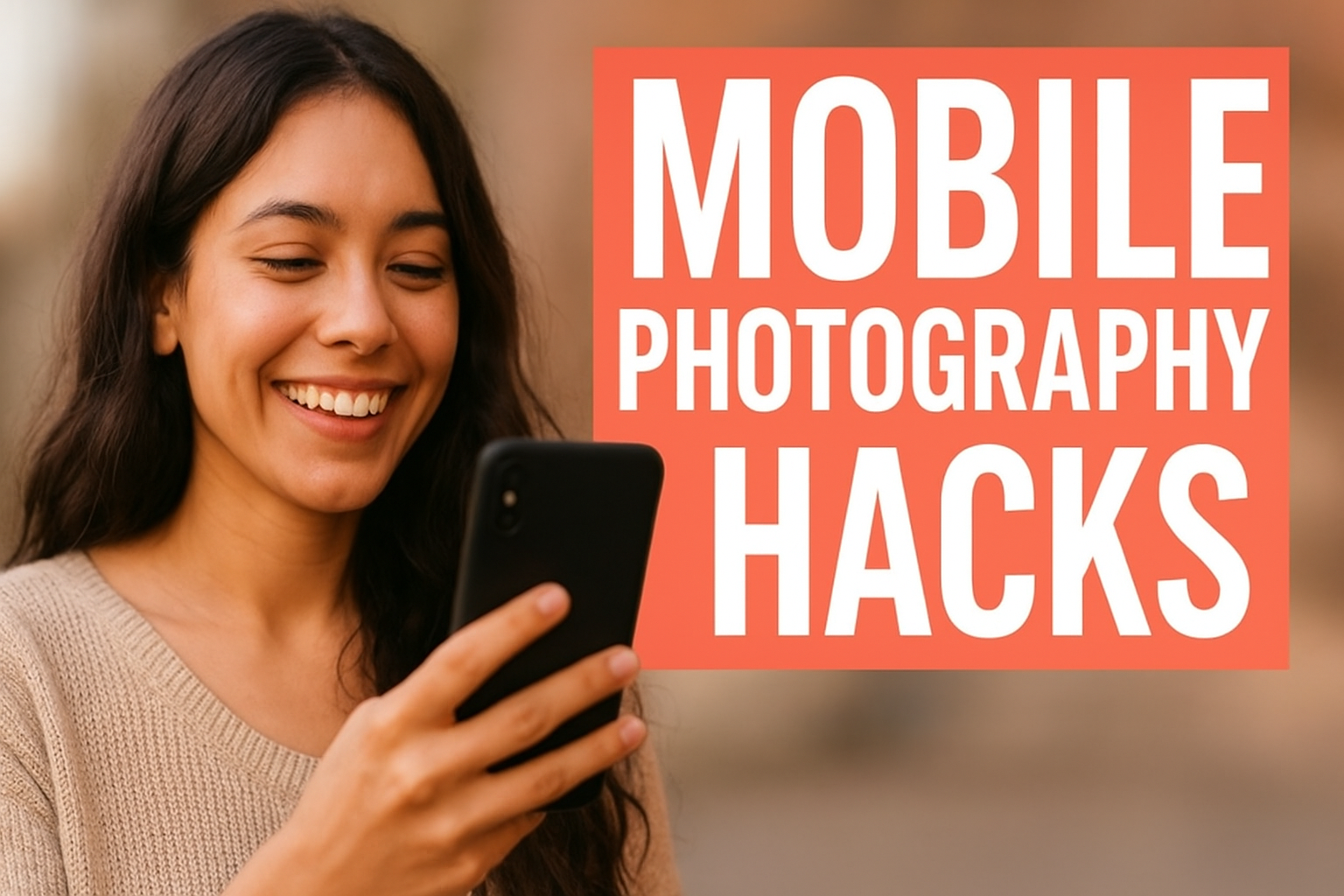
Mobile Photography Hacks: Candid Moments with Your Phone
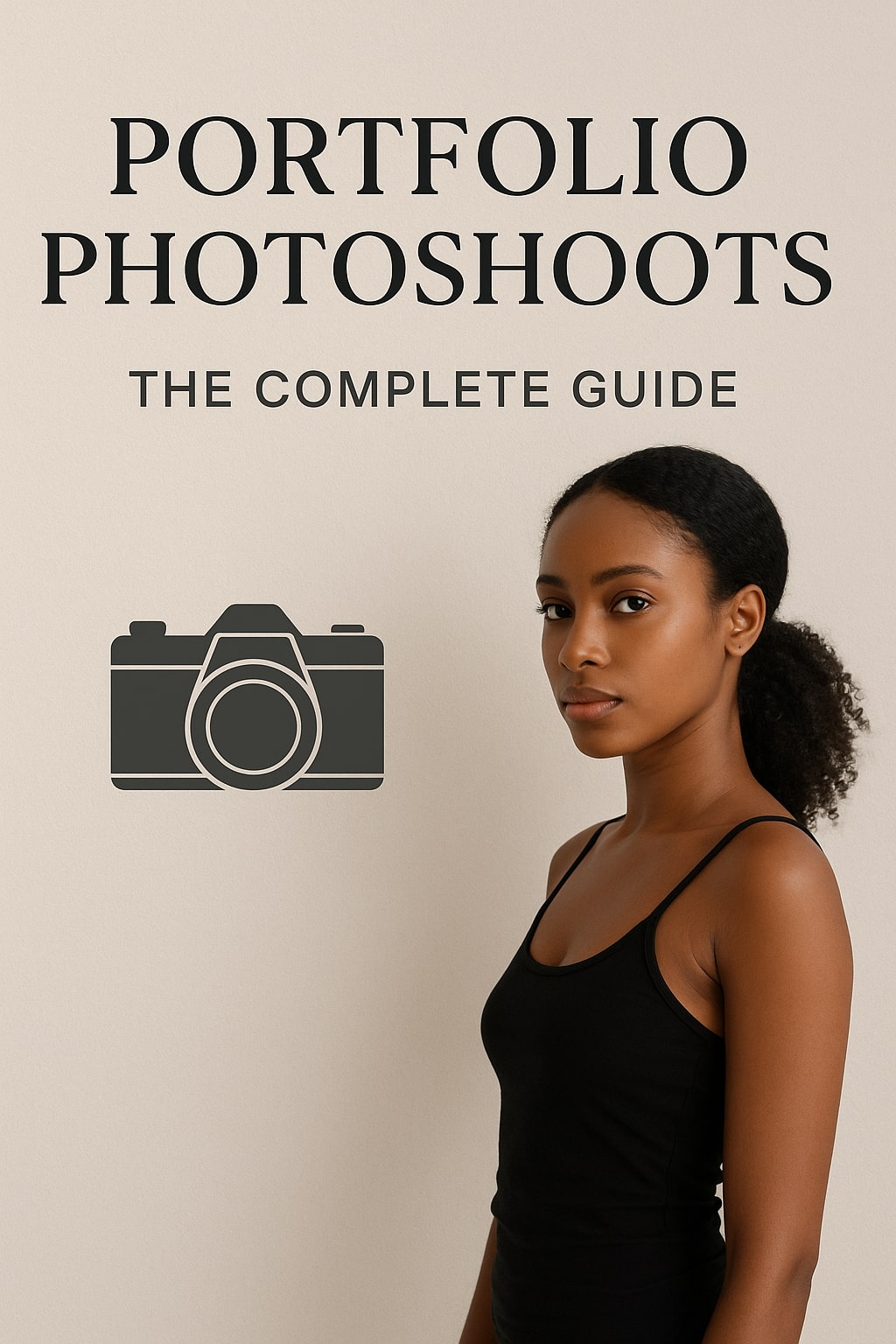
Professional Model & Portfolio Photoshoots: Show Your Best Work
-
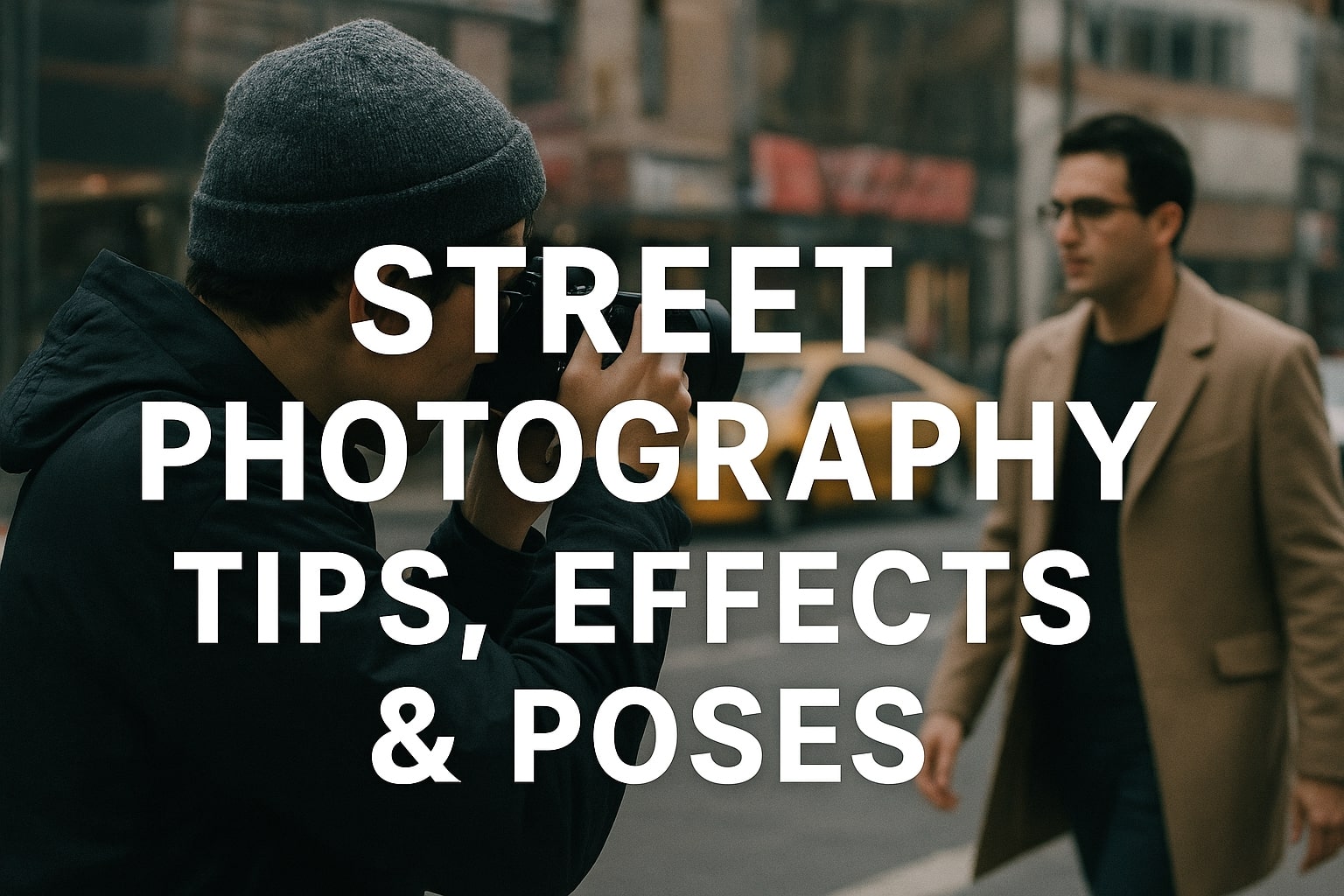
Street Photography Tips, Effects & Poses – Complete Guide
-

Leica Q2 for Photography: Why It’s Loved by Photographers
Mobile Photography Hacks: Candid Moments with Your Phone
Discover high-impact mobile photography hacks to capture genuine, gorgeous candid moments with your phone. Learn practical tips, composition secrets, and pro techniques to turn everyday scenes into stunning visual stories. Introduction: The New Age of Mobile Photography Photography has evolved beyond heavy cameras, technical jargon, and expensive equipment. Today, the power to capture extraordinary moments
Professional Model & Portfolio Photoshoots: Show Your Best Work
” Discover how to plan, style, and execute stunning portfolio photoshoots that showcase your skills, personality, and versatility. This comprehensive guide covers professional tips, posing ideas, gear suggestions, and industry insights for models and photographers.” Introduction – Why Portfolio Photoshoots Are the Cornerstone of a Photographer’s Career A well-crafted portfolio photoshoot is more than a
Street Photography Tips, Effects & Poses – Complete Guide
Discover the ultimate guide to Street Photography with expert tips, creative effects, and dynamic poses. Learn how to capture authentic urban moments, master composition, and tell powerful visual stories through your lens. Article Outline 1. Introduction to Street Photography Street Photography is more than just taking pictures of people in public spaces — it’s about
Leica Q2 for Photography: Why It’s Loved by Photographers
Introduction: The Cult Status of the Leica Q2 The Leica Q2 is not just a camera—it’s a statement. Combining the heritage of German precision engineering with modern digital excellence, it holds a special place in the hearts of professional and passionate photographers alike. With its full-frame sensor, prime Summilux lens, and minimalist design, the Q2
Top Cameras Under ₹1 Lakh for Freelance Photography
Freelance photography is no longer a niche—it’s a booming creative profession that demands not only vision and hustle but also the right gear. Your camera isn’t just a tool; it’s your storytelling partner. If you’re a freelance photographer aiming to balance performance, versatility, and budget, investing in a cameras under ₹1 lakh can offer the
Top Features of Nikon D850 That Make It Ideal for Photoshoots
Explore the top features of the Nikon D850 that make it a powerhouse for photoshoots. From exceptional resolution to dynamic range, this detailed Nikon D850 guide is built for professional and aspiring photographers. 1. Introduction When Nikon launched the D850, it quickly earned a reputation as a flagship DSLR that redefined what photographers could expect
